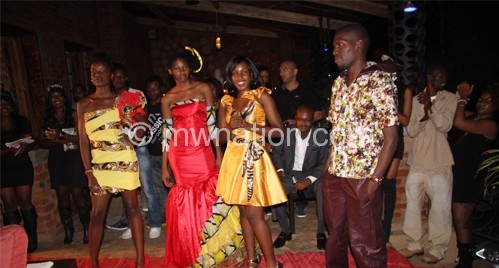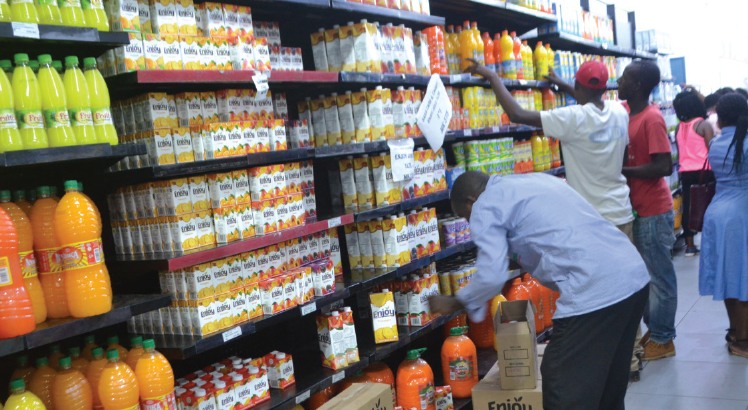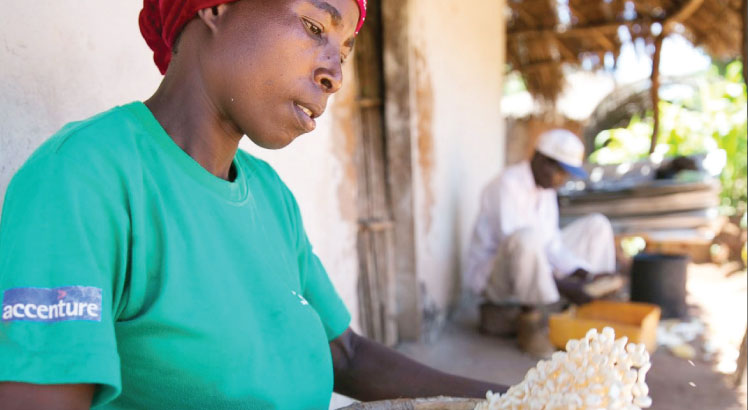FASHION SHOWS: The search for the designer effect

Back in the day, men used to look fashionable wearing belly-bottom trousers and checked shirts. Today, slim-fitting clothes are considered a better wardrobe option.
Women, on the other hand, used to flaunt in afros, dressed in maxi dresses with matching pants and platform shoes. Nowadays, contrast is of the essence as the latest trends are clashing colours, high heels and Brazilian hair.
Trends come and go, with some repeating the circle and continuously going out and back in fashion.
But where do these trends come from?
According to Yahoo, trends are created by fashion designers after they parade their designs on the runway at major fashion shows in major fashion districts or when these designs are worn by celebrities and trendsetters. From that moment, the designs become fashion and trickledown to every level of society.
Yet, in Malawi, the only aspect that is trendy about local musicians is the catchy phrases in their songs than their dressing. Malawian artists’ dressing is ordinary and, at most, pathetic.
To this day, Malawi does not have a national dress which means that one cannot tell a Malawian by the way they dress. What we call national wear is an imitation of Nigerian national wear.
So, what influence do local fashion designers have on Malawian fashion?
Speaking to Chill early this week, Malawian model Thembi Zimba explains that after runways at major fashion events in the world, trends on the streets start to embrace those showcased.
“The problem is that people are not aware of the works of our own designers and as such, people are influenced by what they see on the social media, music videos and magazines rather than our designers,” says Zimba, who was the face for Toyota and Nissan in South Africa.
She says that even the Malawian Fashion Week is not heavily patronised so it is hard for the designs that are showcased there to influence fashion.
“The other problem is that public figures and celebrities have not embraced Malawian fashion, because they are the trendsetters,” Zimba notes.
Fashion designer Lilly Alfonso argues that the influence of fashion designers on Malawi’s fashion is growing, albeit slowly.
“Back in the day, people did not tell the difference between tailor-made clothes and designer clothes,” she says.
Alfonso says that although dressing public figures and celebrities is a good thing, she does not aim at dressing the most famous person but to create a range of clothing that will appeal to even the remotest Malawian.
“The only way Malawians can have a national dress is when we start working as a unit, starting from the fabric designers, designers, tailors to shops,” says Alfonso.
Fashion aficionado Zilanie Nyundo argues that national dress is cultural and not the domain of designers.
National dress evolves with time, for reasons beyond commerce and creativity and cannot be forced.
Nyundo admits that just like the chitenje print designs and Dutch wax are creation of white men from Holland and Asians, Malawian ‘national wear, which we have embraced as our own, is indeed influenced by West African clothing.
“Now we need to actually produce the cloth, with better quality on the continent or own those factories wherever in the world they are,” said the Fame organiser.
Nyundo says that the prêt-a-porter or ready to wear part of the fashion food chain is missing in Malawi and acknowledges missing chunks in the fashion process in the country.
“If there are no companies producing for the clothing outlets – again, where are the clothing outlets?” question the fashion buff.
She however, acknowledges that Malawian designers still have a success story to tell.
Nyundo says that during traditional weddings, women are particular with the print and designs they wear and most of which are collaborative works by designers and tailors.
“It would be great for the fashion industry if president Joyce Banda, who is extremely influential, acknowledges her designers much in the same way Michele Obama acknowledges her designers,” she says.
Nyundo claims endorsements by such public figures boosts business for designers which Malawi designers need.
“Musicians are stylish and popular and as such people copy their style, so smart designers work with them to create fashion labels or set trends for example Lilly Alfonso recently gave some musicians the chance to be dressed by her as part of their Malawi Music Award,” she notes.






I Wonder why you people keep on putting the pic of Sanna Katsichi and her designs yet not even for once has her name appeared on your papers…….That’s like using her … hellllooooow!!!!!!!